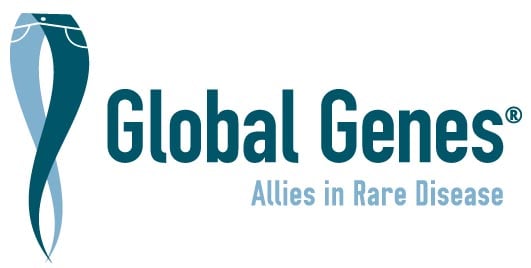Hepatitis B reinfection following liver transplantation
A rare hepatic disease characterized by graft infection with the hepatitis B virus (HBV) after liver transplantation due to persistence and reactivation of HBV in extrahepatic sites (also despite previous clearance of the HBs antigen from serum as shown by laboratory examination) followed by re-invasion of the graft. It may develop between two weeks and several years post transplantation. Clinico-pathological features are variable and range from mild self-limited hepatitis chronic active hepatitis and fulminant hepatitis to fibrosing cholestatic hepatitis. The condition is associated with significantly reduced graft survival rates and overall patient survival.
Data from Orphanet are used to provide information on a disease's name, synonym(s), and overview.
Reference: Access aggregated data from Orphanet at Orphadata.
Orphadata: Free access data from Orphanet. © INSERM 1999. Available on http://www.orphadata.org. Data version April 2024
Newly diagnosed with
Hepatitis B reinfection following liver transplantation?
Our RARE Concierge Services Guides are available to assist you by providing information, resources and connections as you navigate your rare disease journey.
Advocacy Organizations
Global Liver Institute
To improve the lives of individuals and families impacted by liver disease through promoting innovation, encouraging collaboration, and scaling optimal approaches to help eradicate liver diseases.
Help Hope Live
Help Hope Live assists individuals living with catastrophic injuries and illnesses to fundraise toward their medical expenses and related costs.
Clinical Trials
For a list of clinical trials in this disease area, please click here.
